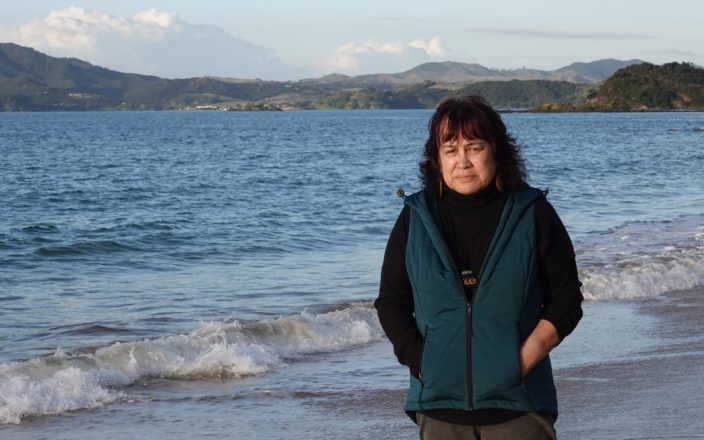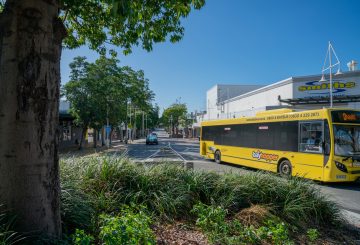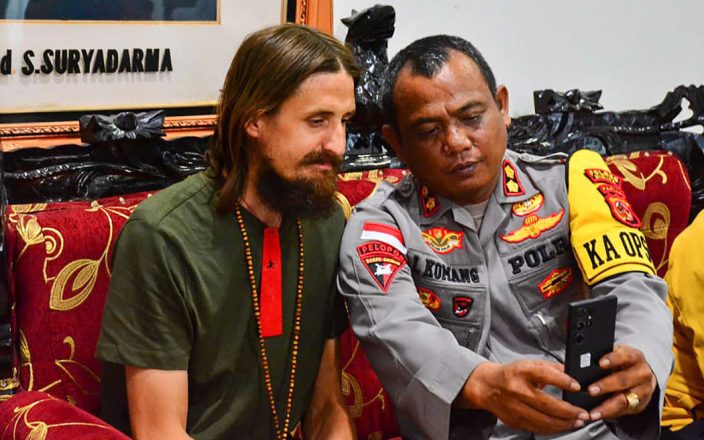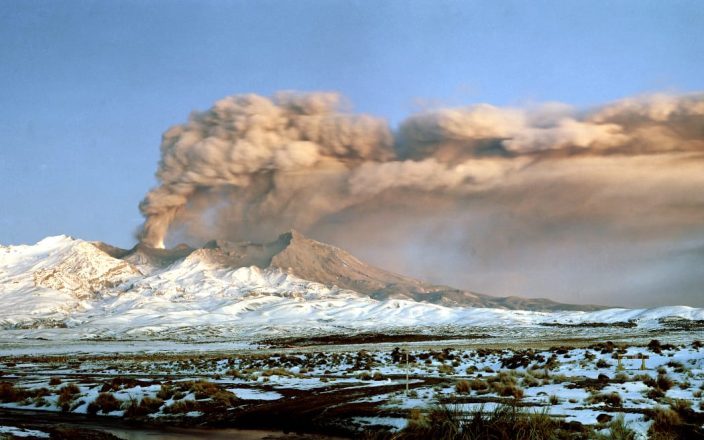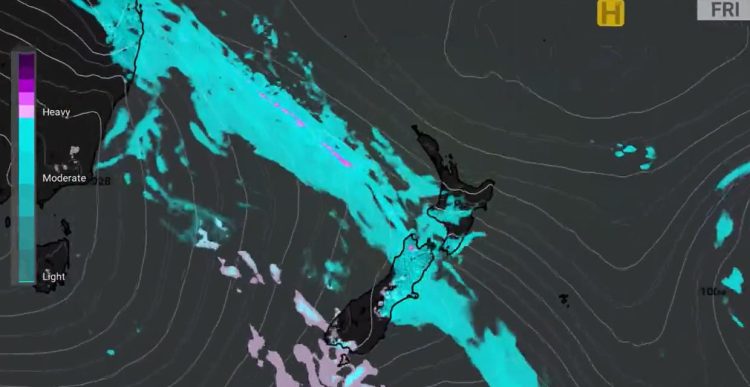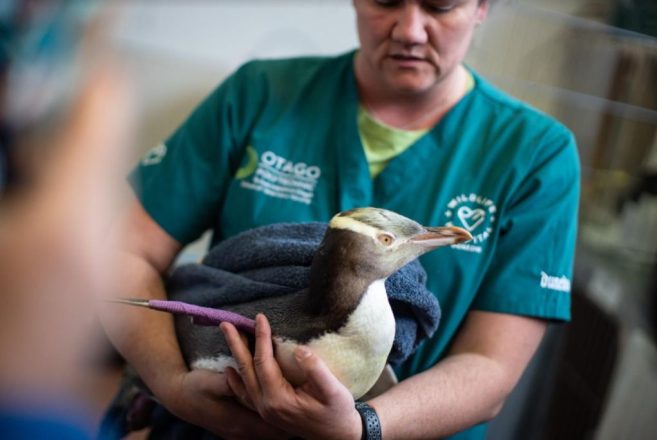Kaitāia residents are struggling to see a doctor due to a severe shortage of GPs. Some must drive as far as Auckland or even Tokoroa for a consultation. Local GP clinics have not been enrolling new patients for years, forcing newcomers to remain registered with their old doctors or search for available clinics in Northland.
Tangipo Ryder, who returned to Hihi over a year ago, is facing these problems. She needs regular medical care for serious health issues but has not been able to register with any local clinic. For her face-to-face appointments with her Tokoroa doctor, she has to travel about seven hours each way. Ryder fears that many people in the Far North are at risk due to lack of access to healthcare.
A study for the Kaitāia ANT Trust found around 3,500 people either don’t have a GP or are still registered with doctors far away, in places like Whangārei and Auckland. Residents like Sally and Peter, who live three hours from their previous doctor, face difficulties due to poor continuity of care. Sally said her husband is now enrolled in Kaitāia but often sees different locum doctors, which makes it hard for them to manage his health conditions.
Deirdre Ahu, a resident in Pamapuria, is unable to register her young grandchildren with a local doctor. They often have to go to the emergency department when they are sick, which can take hours. Ahu believes Kaitāia is often overlooked because of its remote location.
Te Hiku Hauora is the largest medical practice in the area, with around 12,000 registered patients. Cheryl Britton, the medical and dental general manager, explained that the GP shortage is a long-standing issue, not just in Northland but across New Zealand. Many doctors in the area are nearing retirement, and efforts to solve this problem have been slow.
Kaitāia faces further challenges in attracting medical professionals due to limited resources and the isolation of the area. Doctors may be hesitant to relocate, as there are fewer opportunities for their partners and children.
One initiative trying to help is the Te Whare Oranga clinic, which opened in mid-2023. This Māori nurse-led clinic works with a virtual GP service and has already registered 1,000 people who previously lacked healthcare. Chief executive Hone Harawira emphasized the importance of making healthcare accessible and providing quality advice from nurses and health assistants.
The clinic aims to support the community, helping those who may not have money or employment opportunities to stay healthy and make better health decisions for themselves and their families.

















































